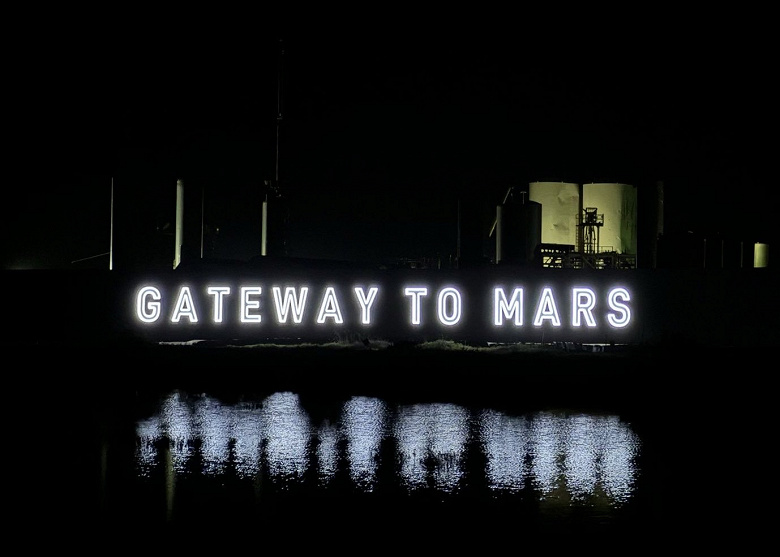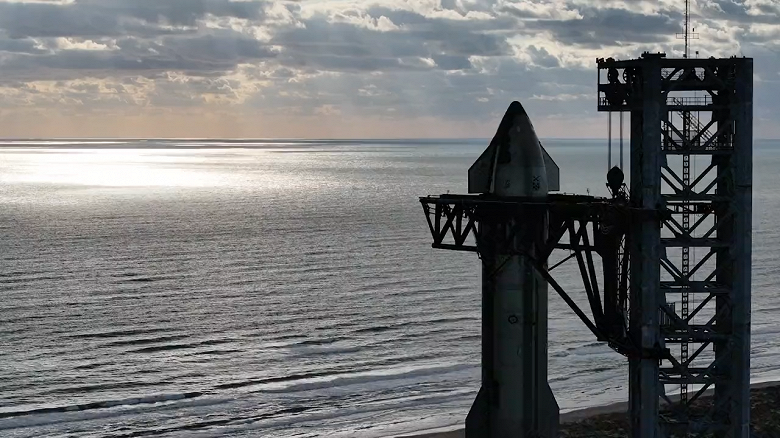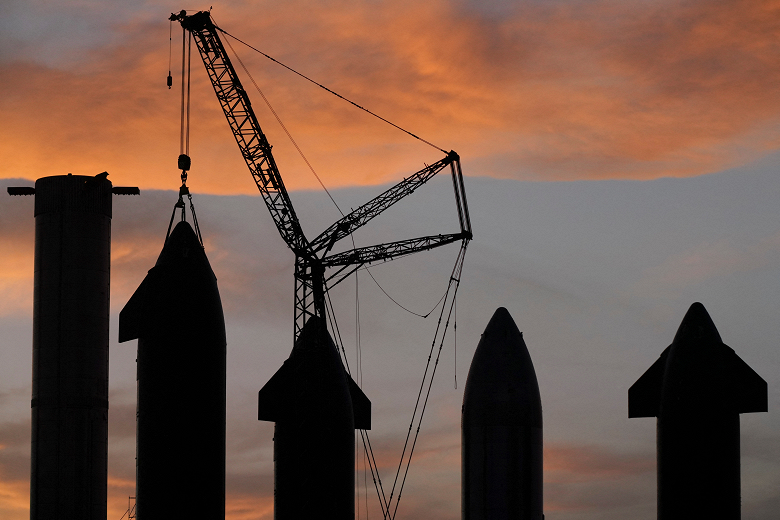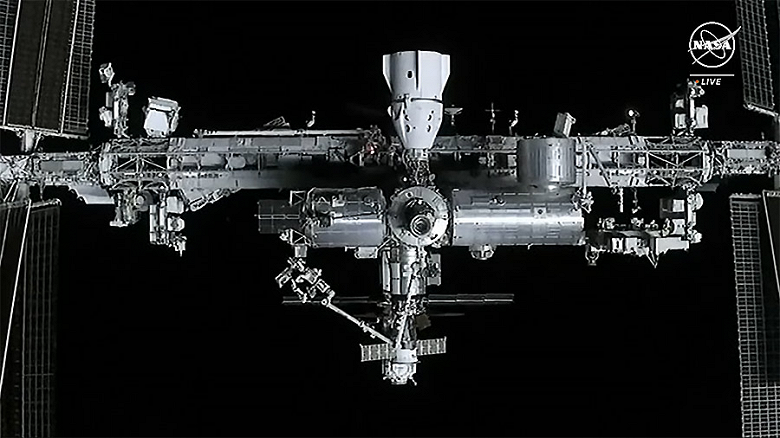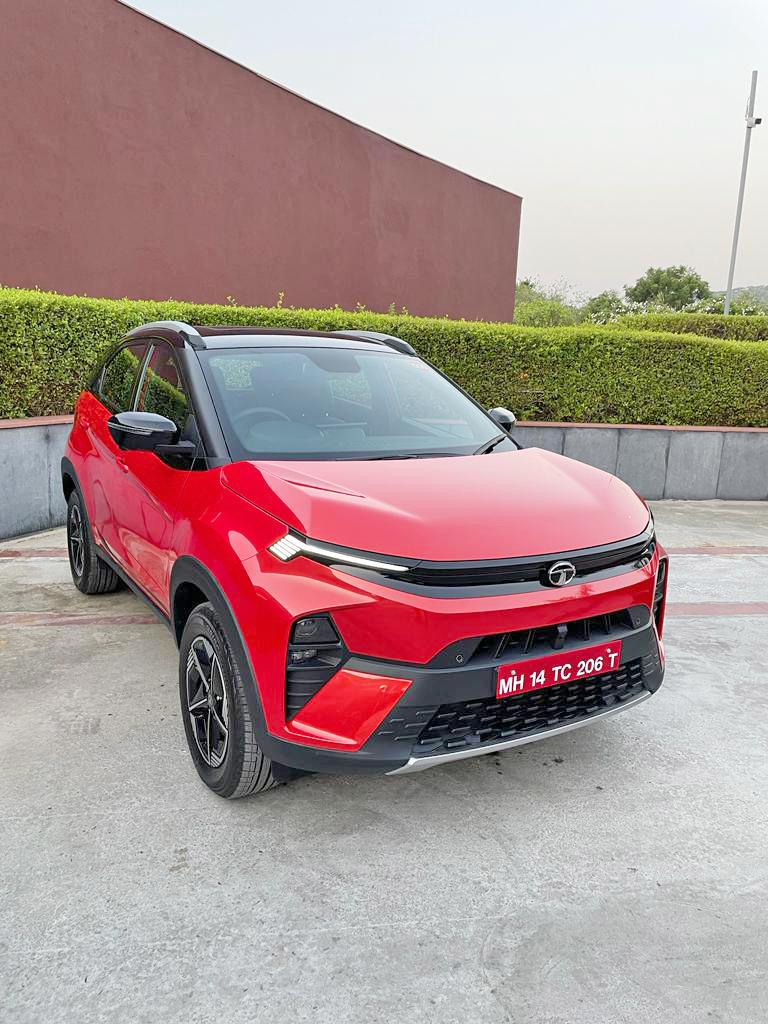SpaceX is ready to use Starlink for the Internet on Mars and Starship for cleaning up space debris
SpaceX plans to use its Starlink satellites not only to provide broadband Internet connections to remote areas of the Earth but also to communicate on Mars. Gwynne Shotwell, the chief operating officer and president of the company, spoke about this during an interview with Time Magazine.
The executive, who has been listed as one of the 100 Most Influential People by Time magazine, provided details of her company’s plans for the Starlink Internet space network and the Starship super-heavy ship and launch vehicle platform to deliver people and cargo.
SpaceX has recently launched its 15th batch of Starlink satellites into low Earth orbit (LEO). At the moment, about 700 small spacecraft have already been launched, and with their help, SpaceX hopes to make broadband Internet connections available in the most remote corners of the planet in the future.
In response to a question about potential uses for Starlink, the President of SpaceX pointed to the risky nature of the LEO satellite broadband business and added that Starlink could become an integral part of SpaceX’s mission to transform humanity into a multi-planetary species by supporting manned missions to Mars.
Among other things, she noted: “We had many reasons to go into the telecommunications business. Companies always want to grow and this was a good growth opportunity for us, but there are other reasons as well. Low earth orbit broadband constellation has never been successful. We always set ourselves ambitious, forward-looking goals. And to implement such a project was a goal that was worth taking on. No one has ever been successful in this area: Elon Musk always says that this business is littered with the corpses of companies that have failed to succeed. So it was a challenge for us too.
This was one of the reasons. The second was that as soon as we send humans to Mars, they will need communications. In fact, I think it will be even more important to have a Starlink-style satellite constellation around Mars. And then, of course, we need to connect the two planets – we need to ensure a reliable connection between Mars and Earth. “
In addition to Starlink, Ms. Shotwell also spoke about her company’s plans for a launch vehicle and SpaceX Starship. It is customary in the space industry to develop products for specific tasks, but Starship is perhaps the only platform that aims to achieve a very wide range of goals.
For example, SpaceX has already received NASA recognition for the idea of using the Starship Upper Stage for use as a lander for the lunar program Artemis. The company also intends to use special variants of Starship as in-orbit refuelers, which are designed to prepare the spacecraft with a booster stage for long-distance flights to the Moon and Mars, with SpaceX already preparing to demonstrate this system to NASA. Founder Elon Musk earlier this month expressed confidence that the system will be ready for orbital refueling in 2022.
In addition to the two mentioned use cases (and the third, the actual manned mission to Mars), Ms. Shotwell mentioned that SpaceX could use Starship to clean up orbital debris that currently poses a threat to the International Space Station (ISS) and other missions. By the way, recently one of the scientists named the inoperative Starlink satellites as such a threat.
Her response came to a question about SpaceX’s plans to reduce and remove space debris: “In fact, the Starlink program was a great opportunity for us to challenge space debris and learn our own lessons. Initially, we began to deploy this group at a much higher altitude. That’s what we got the license for. But when we discovered that satellites in this higher orbit could last for centuries or millennia, we didn’t really like it. Because there will always be satellite failures, as you mentioned – today there are remnants of rockets clogging up the space environment and dead satellites clogging up space. Therefore, we asked to move the entire constellation to a lower altitude, so that these satellites could burn up in the atmosphere much faster. And in fact, we are putting satellites into a lower orbit so that space bodies that are not working after launch quickly return to Earth and are destroyed.
I also want to mention the Starship here, which is an extremely advanced ship. It will not only reduce the cost of accessing space but will also become a vehicle that will transport people from Earth to Mars. But he also has the ability to receive cargo and crew at the same time, and therefore, it is quite possible that we could use Starship to get to some of the dead rocket bodies (mainly, of course, foreign rockets) in order to pick up some of this debris from space. space. It won’t be easy, it won’t be easy, but I believe Starship will offer the opportunity to do it. And I am very happy about that. “
In addition to a faster return to the Earth’s atmosphere (in the event of engine failure, this now takes about 5 years), lowering the altitude of the Starlink satellites also reduces signal delays. This is critical to marketing and promoting technology. And using Starship to clean up orbital debris and debris could be the first-ever mission of its kind.
